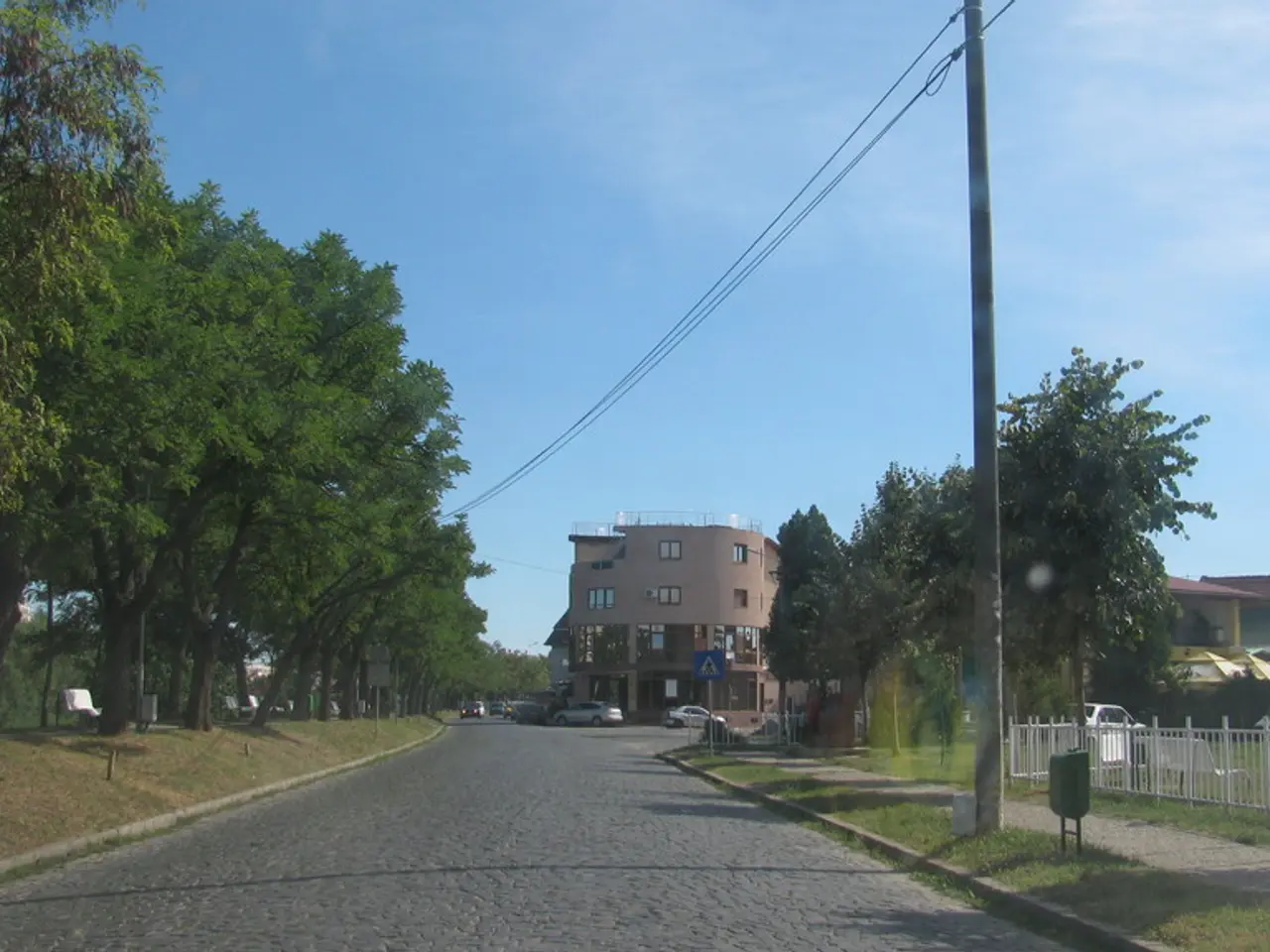Solar Challenge: Taiwan Secures Fourth Position in Bridgestone World Solar Race
The National Kaohsiung University of Science and Technology (NKUST) team braved the challenges of technology turnover and a less sunny race to compete in the 17th Bridgestone World Solar Challenge (BWSC) with their solar-powered car, Apollo IX Plus.
Held every two years since 1987, the BWSC is an endurance competition that tests the limits of solar-powered vehicle technology. This year, the race was held at the end of the Australian winter, resulting in about 20 percent less sunshine to power the cars. Despite the reduced sunlight, Apollo IX Plus managed to cover the 3,000km journey across the Australian Outback.
Ay, a member of the NKUST team, stated that Apollo IX was called the "best-looking car powered by the Sun" during the race. The sleek, streamlined car features solar cells on its roof and front that convert sunlight into electricity.
To speed up commercialization and open new business opportunities, the NKUST team joined the Cruiser Class, which is more practical, larger, heavier, and less aerodynamic than the Challenger Class. Apollo IX Plus finished fourth in its vehicle class, reaching Adelaide as one of the top competitors.
The Cruiser Class came with additional challenges, making it more difficult for cars like Apollo IX Plus. Four leading teams, including the winning Dutch team, Brunel, used an innovation called a shark-like fin to capture crosswinds and help stabilize the car.
The NKUST team faced a unique challenge in maintaining the technology of Apollo IX Plus due to the turnover of students every few years. To overcome this, the team received help from the University of Michigan and Tokai University (Japan) during the race, providing spare seatbelts to pass scrutineering.
The competition saw a total of 34 teams participate, with most being from universities and schools. Half of the cars in the competition were forced to retire due to breakdowns and inability to reach control stops in time. Tom Simko, an academic at RMIT University in Melbourne Australia, participated in previous World Solar Challenges and served as a driver and advisor for the Queen's University Solar Vehicle Team.
Teams had to design cars that were more energy efficient than previous models, focusing on capturing as much solar power as possible and using it wisely. The maximum battery storage capacity was reduced for this year's race, adding another layer of complexity to the challenge.
Despite the difficulties, the NKUST team showcased their resilience and determination in the race, proving that Apollo IX Plus is a formidable competitor in the world of solar-powered cars.
Read also:
- Stopping Osteoporosis Treatment: Timeline Considerations
- Tobacco industry's suggested changes on a legislative modification are disregarded by health journalists
- Trump's Policies: Tariffs, AI, Surveillance, and Possible Martial Law
- Expanded Community Health Involvement by CK Birla Hospitals, Jaipur, Maintained Through Consistent Outreach Programs Across Rajasthan




